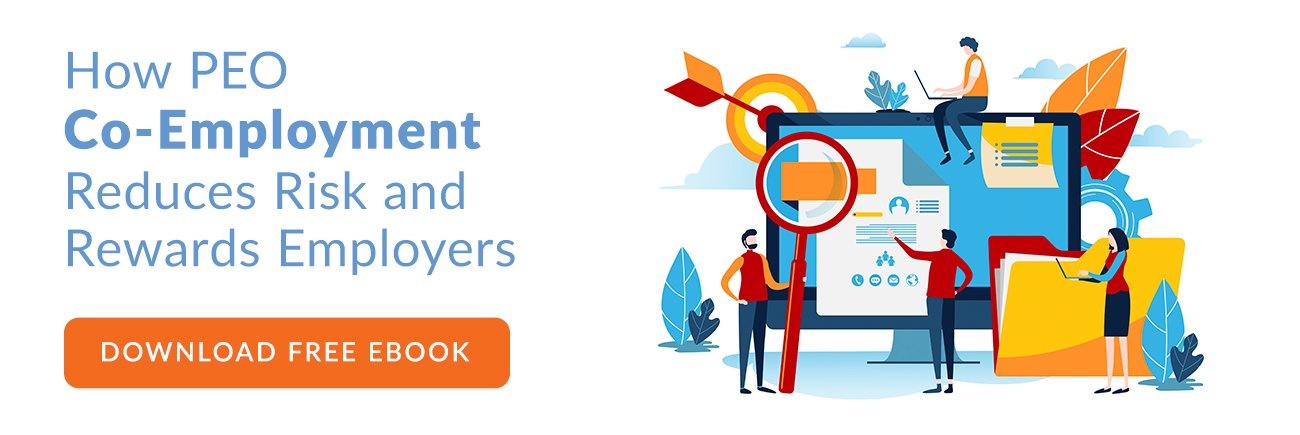The professional employer organization (PEO) industry has grown rapidly in recent years as more businesses outsource key human resources functions. PEOs provide integrated HR services like payroll, benefits administration, compliance, and more. Essentially, a PEO acts as a co-employer along with the client company, taking on substantial HR responsibilities. This arrangement allows the client organization to offload transactional HR tasks and strategic HR advising to PEO experts.
Partnering with a PEO brings significant changes for in-house human resources staff at client companies. HR employees accustomed to handling a wide range of traditional duties may suddenly see their roles transformed.
As administrative tasks shift to the PEO, opportunities arise for HR to evolve into more strategic functions.
Workload and Task Shifts
Many administrative HR tasks shift over to the PEO's team when partnering with a PEO. The PEO typically handles payroll processing, benefits enrollment, compliance with employment laws, and unemployment claims management. This alleviates a significant workload for the client company's in-house HR staff. The internal HR team can devote more energy to company initiatives without spending as much time on routine transactions and paperwork.
Freeing up HR from the day-to-day administrative grind provides new opportunities to focus on forward-thinking talent management, organizational culture cultivation, employee engagement and retention programs, workforce analytics, and more.
Strategic Role Evolution
With a PEO handling administrative HR tasks, in-house HR teams can fully embrace strategic roles that align with business goals. HR staff have more time to create and manage programs focused on long-term talent recruitment, development, engagement, and retention. Access to sophisticated PEO workforce analytics empowers HR to gain data-driven insights and refine talent strategies. Freed from transactional work, HR can also better focus on shaping company culture, values, and inclusion.
To thrive in these more strategic functions, HR employees need to build new capabilities. HR staff will benefit from developing skills in strategic thinking, consultative partnering, and business acumen. This evolution allows the in-house HR team to become true strategic advisors and exert significant influence on business direction. Their work can be wholly centered on driving initiatives that support corporate objectives and competitive advantage.
Transition Challenges
While partnering with a PEO unlocks strategic potential for in-house HR, the transition period presents challenges that require careful change management.
HR employees may struggle initially to adapt to new systems, workflows, and responsibilities. Some staff accustomed to handling certain administrative tasks for years may be resistant or anxious about shifting focus. Without proper communication and expectation setting, the new division of labor between HR and the PEO can cause confusion and tension.
Guidance, training, and support are essential during the transitional stage to help HR employees embrace and adjust to changes. HR managers need to define new roles and responsibilities for their teams clearly. Training on new HR platforms and tools ensures staff can coordinate smoothly with the PEO. And patience coupled with encouragement helps reluctant employees evolve. The internal HR team can successfully navigate the transition with time and ongoing support. While change takes effort, keeping the HR staff's needs in mind prevents significant setbacks.
With care taken to manage adaptations, HR can minimize growing pains. And the long-term benefits of enhanced strategic capability make the effort worthwhile.
From Transactional HR to Strategic HR
Partnering with a PEO prompts immense change for in-house HR teams. Workflows transform as administrative tasks shift to PEO experts. Strategic advising around talent, culture, and analytics takes center stage. While this unlocks new potential, adaptation requires time and support. With strategic oversight and change management care, transition pains can be minimized.
Ultimately, aligning with a PEO allows HR staff to become true strategic partners laser-focused on initiatives that drive business success. Though the path takes work, keeping the end goal in mind helps HR embrace and prepare for an elevated role. With careful coordination, communication, and capability building, in-house HR can become more influential. The PEO partnership ultimately allows HR to operate at its full potential as a strategic driver of the organization.



